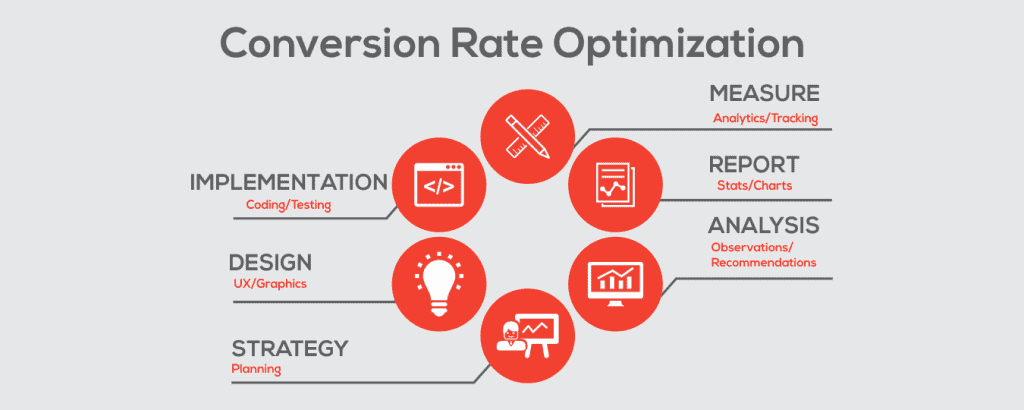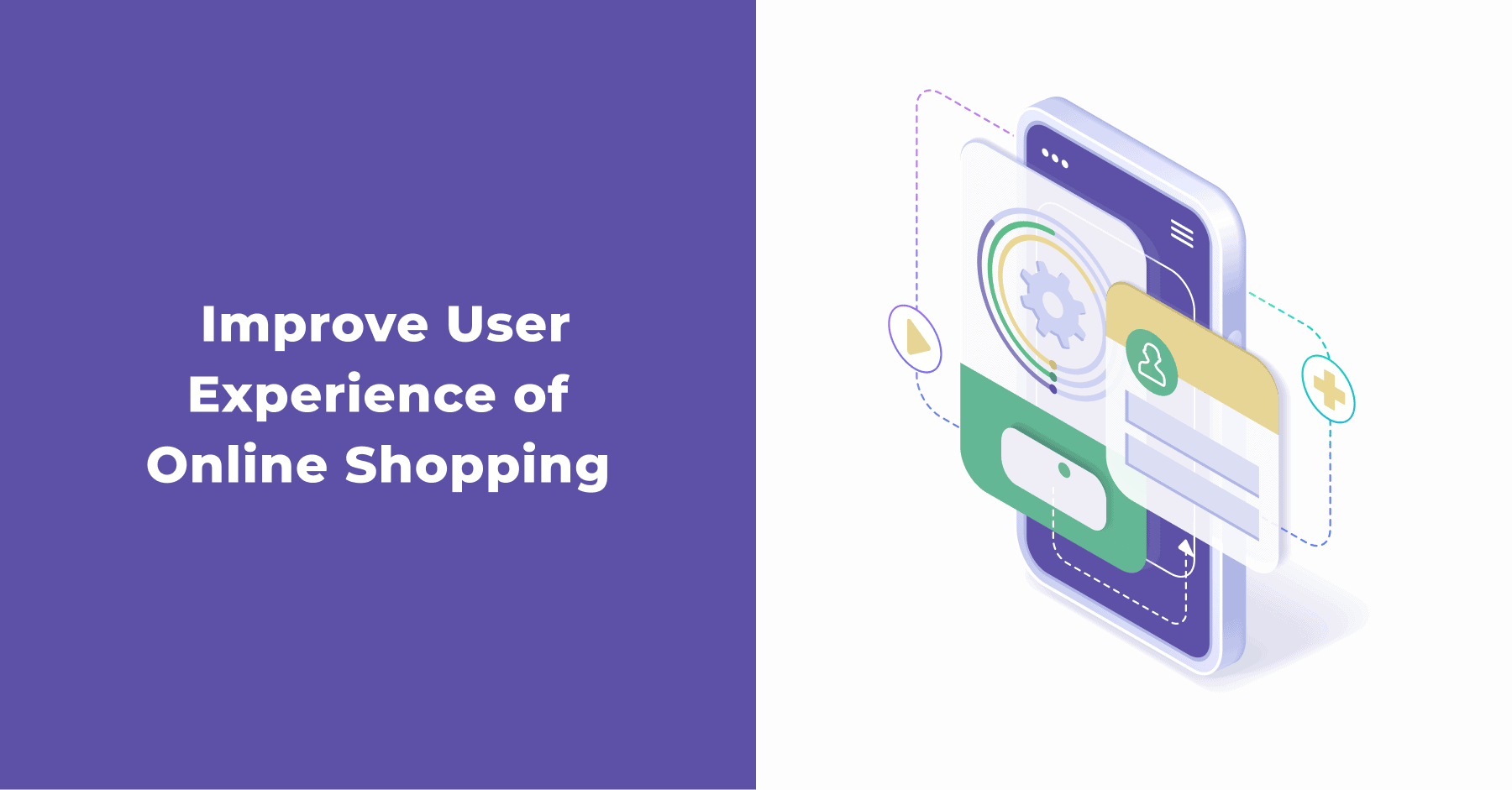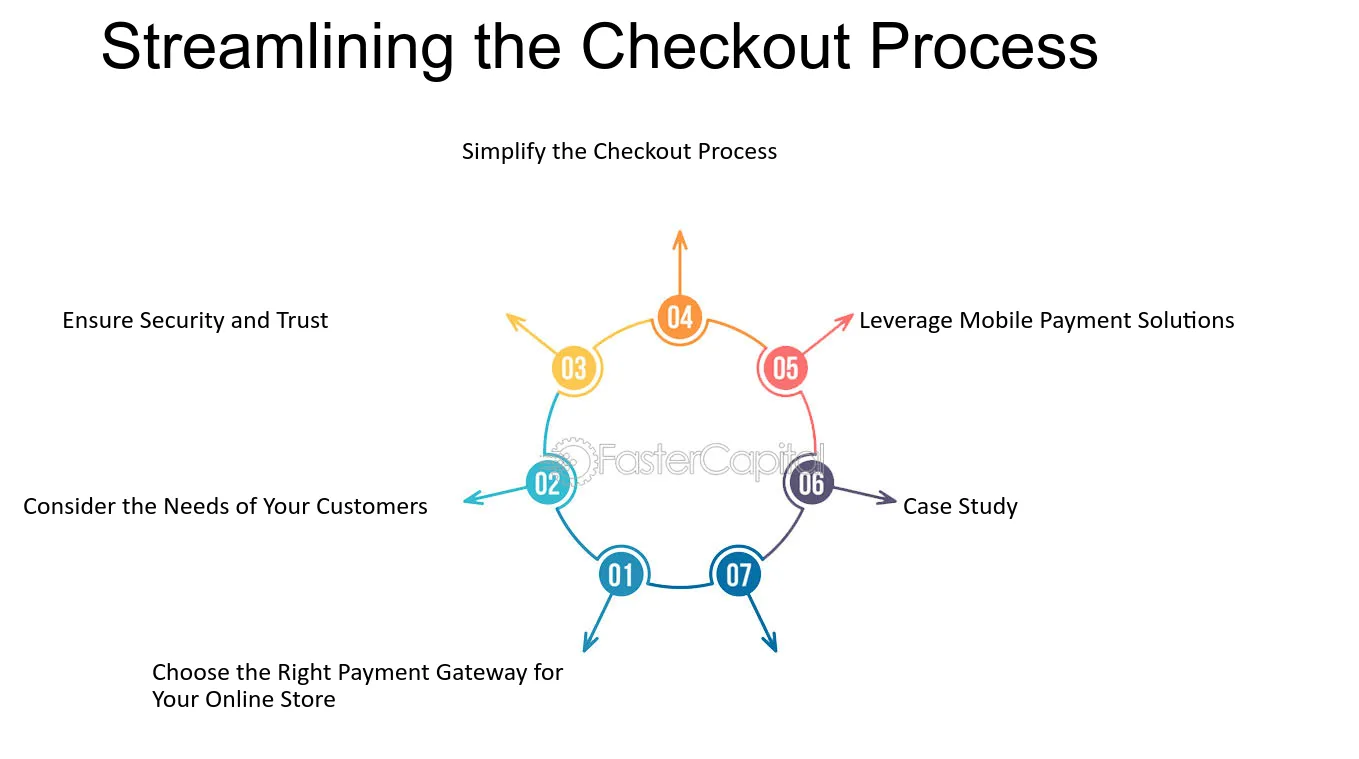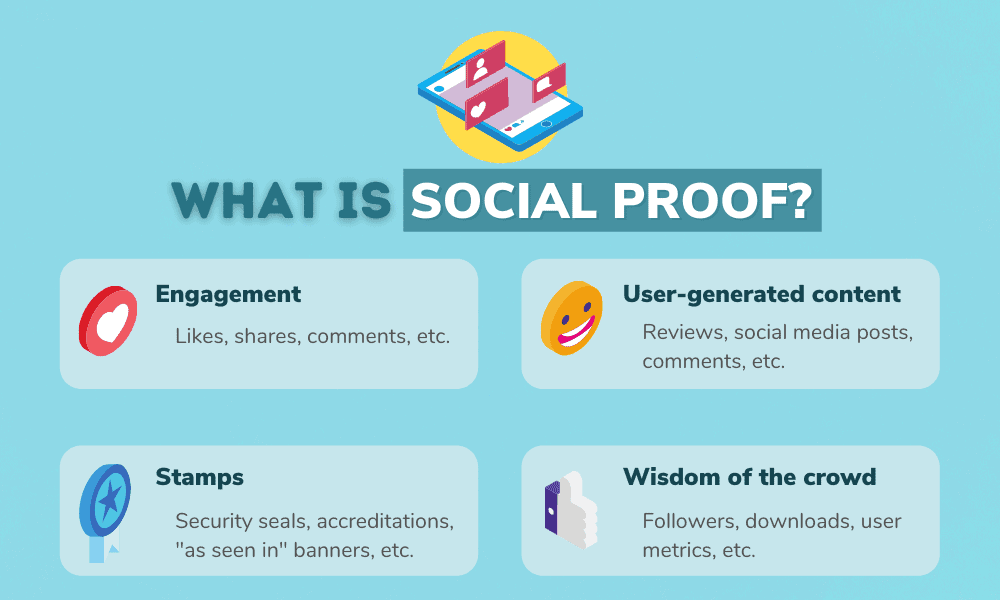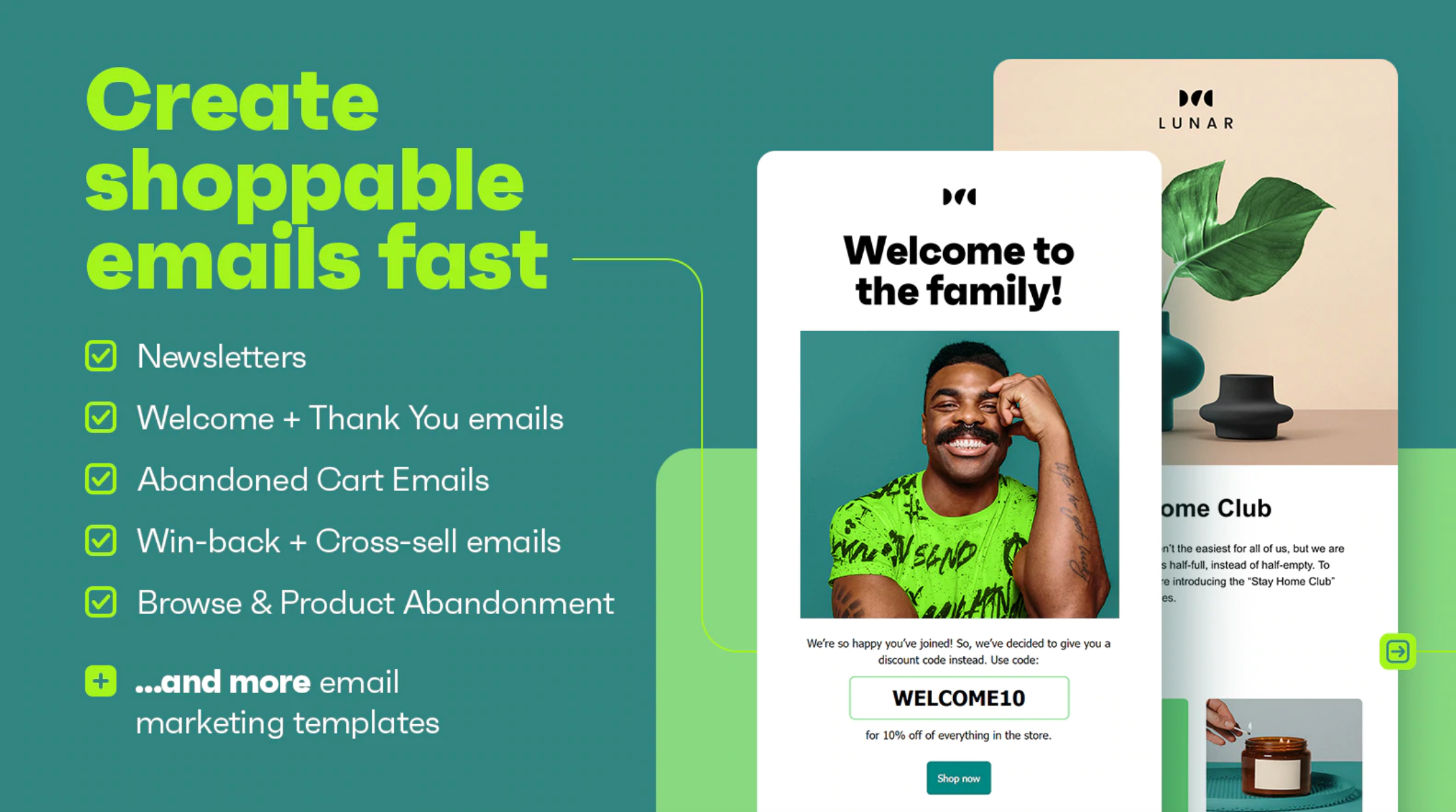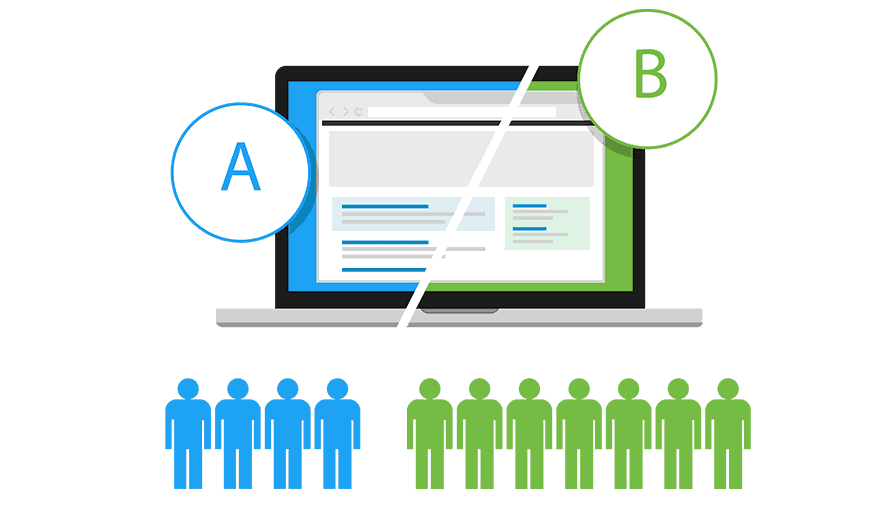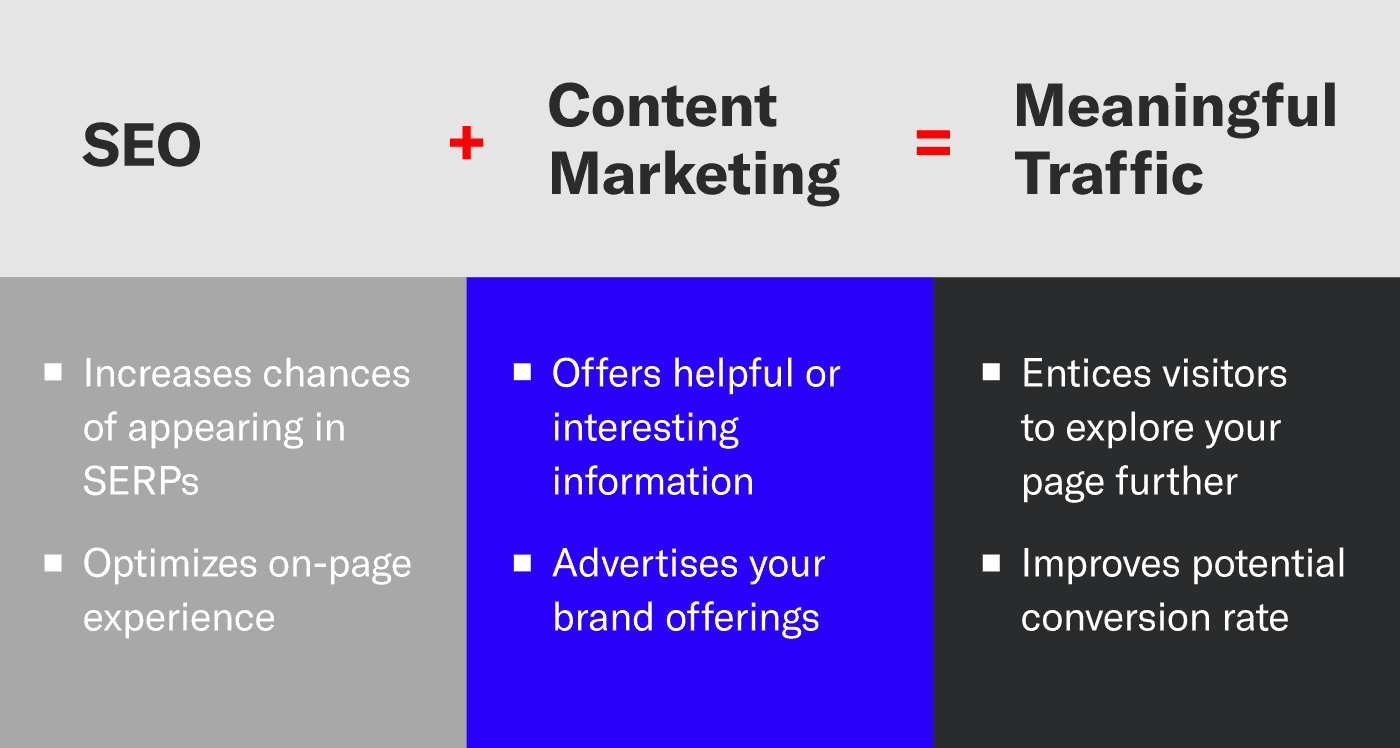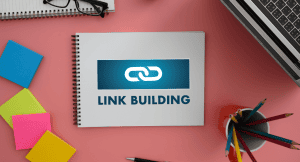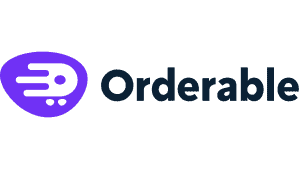Introduction
In today's competitive e-commerce landscape, simply having an online store isn't enough. To thrive and stay ahead, it's crucial to focus on optimizing your online store for conversions. Conversion Rate Optimization (CRO) is the systematic process of increasing the percentage of visitors to your website who take a desired action, such as making a purchase or signing up for a newsletter.
This guide will walk you through the best practices for CRO, covering everything from enhancing user experience and optimizing product pages to leveraging social proof and running effective email marketing campaigns. By the end of this guide, you'll have a comprehensive understanding of how to boost your online store's conversion rates and drive more revenue.
1. Understanding Conversion Rate Optimization (CRO)
What is CRO?
Conversion Rate Optimization (CRO) is the practice of improving your website to increase the likelihood that visitors will convert into customers. This involves analyzing user behavior, identifying obstacles to conversions, and implementing strategies to overcome these barriers. CRO isn't about getting more traffic; it's about making the most of the traffic you already have.
Importance of CRO for Online Stores
For online retailers, CRO is essential because it directly impacts your bottom line. A higher conversion rate means more sales without the need to increase traffic. This is particularly important in a highly competitive market where acquiring new customers can be costly. By focusing on CRO, you can maximize the return on your existing marketing efforts and improve overall profitability.
Key Metrics to Track
To effectively optimize your online store for conversions, you need to track and analyze various metrics. Here are some of the key metrics to focus on:
- Conversion Rate: The percentage of visitors who complete a desired action, such as making a purchase.
- Formula: (Number of Conversions / Total Visitors) * 100
- Bounce Rate: The percentage of visitors who leave your site after viewing only one page. A high bounce rate can indicate that your site isn't engaging or relevant to your visitors.
- Formula: (Single Page Sessions / Total Sessions) * 100
- Average Order Value (AOV): The average amount spent by customers per transaction. Increasing AOV can significantly boost your revenue.
- Formula: Total Revenue / Number of Orders
- Cart Abandonment Rate: The percentage of shoppers who add items to their cart but don't complete the purchase. Reducing cart abandonment is a key aspect of CRO.
- Formula: (Abandoned Carts / Initiated Transactions) * 100
- Customer Lifetime Value (CLV): The total revenue expected from a customer over the course of their relationship with your business. A higher CLV indicates better long-term profitability.
- Formula: Average Purchase Value * Purchase Frequency * Customer Lifespan
Steps to Implement CRO
- Analyze Current Performance: Use analytics tools like Google Analytics to gather data on your current conversion rates and identify areas for improvement.
- Understand User Behavior: Implement tools like heatmaps and session recordings to observe how users interact with your site. This helps in identifying friction points and areas where users drop off.
- Set Clear Goals: Define what actions you want users to take on your site and set measurable goals for improvement.
- Prioritize Changes: Based on your analysis, prioritize the changes that are likely to have the most significant impact on conversions.
- Test and Iterate: Implement changes using A/B testing to compare different versions of a page or element. Continuously iterate based on test results to optimize performance.
2. Enhancing User Experience (UX)
Importance of UX in Driving Conversions
User Experience (UX) is crucial in determining how visitors interact with your online store. A positive UX makes it easier for users to navigate your site, find the products they're looking for, and complete their purchases. Poor UX, on the other hand, can frustrate users and lead to higher bounce rates and abandoned carts.
A well-designed UX enhances customer satisfaction, builds trust, and encourages repeat visits—all of which are essential for improving conversion rates.
Site Navigation Best Practices
- Simple and Intuitive Navigation: Ensure that your site’s navigation is straightforward and intuitive. Use clear categories and subcategories, and make sure important pages are easily accessible from the main menu.
- Breadcrumbs: Implement breadcrumb navigation to help users understand their location within the site and easily backtrack if needed.
- Search Functionality: Include a powerful search bar that can handle typos and suggest products as users type. Ensure search results are relevant and well-organized.
- Consistent Layout: Maintain a consistent layout across all pages to provide a seamless browsing experience. This includes uniformity in fonts, colors, and button styles.
Page Load Speed Optimization
- Compress Images: Use tools to compress images without losing quality to reduce load times. Faster-loading pages significantly improve user experience.
- Minimize HTTP Requests: Reduce the number of elements on each page to minimize HTTP requests. Combining CSS and JavaScript files can help achieve this.
- Enable Browser Caching: Implement browser caching to store static files on users’ devices, so they don’t need to be reloaded each time the user visits your site.
- Use Content Delivery Networks (CDNs): CDNs distribute your content across various servers worldwide, ensuring quicker load times for users regardless of their location.
Mobile Optimization
- Responsive Design: Ensure your website is fully responsive, providing an optimal viewing experience across all devices, from desktops to smartphones.
- Simplified Navigation for Mobile: Use expandable menus and large, touch-friendly buttons to make navigation easier on smaller screens.
- Fast Mobile Load Times: Mobile users often have slower internet connections, so prioritize page speed optimization for mobile devices.
- Mobile-Specific Features: Implement features like click-to-call and location-based services to enhance the mobile shopping experience.
3. Optimizing Product Pages
Crafting Compelling Product Descriptions
- Highlight Benefits: Focus on the benefits of the product, not just the features. Explain how the product solves a problem or improves the user’s life.
- Use Persuasive Language: Employ persuasive and engaging language that resonates with your target audience. Use storytelling to create an emotional connection.
- Incorporate Keywords: Include relevant keywords naturally within the product description to improve search engine visibility.
- Format for Readability: Use bullet points, short paragraphs, and subheadings to make the description easy to read and scan.
High-Quality Images and Videos
- Multiple Angles: Provide high-quality images from multiple angles to give customers a comprehensive view of the product.
- Zoom Functionality: Allow users to zoom in on images to see detailed aspects of the product.
- Product Videos: Include videos that showcase the product in use, highlight key features, and provide a 360-degree view.
- Consistency: Maintain consistency in image size and style across all products to create a professional and cohesive look.
Customer Reviews and Ratings
- Encourage Reviews: Actively encourage customers to leave reviews by sending follow-up emails after purchase and offering incentives like discounts.
- Display Ratings Prominently: Showcase product ratings and reviews prominently on the product page to build trust and provide social proof.
- Respond to Reviews: Engage with customers by responding to reviews, both positive and negative. This shows that you value customer feedback and are committed to improving their experience.
Clear Call-to-Action (CTA) Buttons
- Prominent Placement: Place CTA buttons, such as "Add to Cart" or "Buy Now," in prominent positions on the product page.
- Contrast and Visibility: Use contrasting colors for CTA buttons to make them stand out from the rest of the page elements.
- Action-Oriented Text: Use clear and action-oriented text on CTA buttons to encourage users to take the desired action. Phrases like “Add to Cart” or “Buy Now” are effective.
- Urgency and Scarcity: Create a sense of urgency or scarcity with CTAs, such as “Limited Stock” or “Only a Few Left,” to encourage quicker purchasing decisions.
4. Streamlining the Checkout Process
Simplifying the Checkout Steps
- Single-Page Checkout: Combine all necessary checkout steps onto a single page to reduce friction and make the process quicker.
- Progress Indicators: Use visual progress indicators to show customers where they are in the checkout process and how many steps are left.
- Auto-Fill Options: Enable auto-fill for common fields like shipping and billing addresses to save customers time.
- Minimal Information Requirements: Only ask for essential information during checkout to avoid overwhelming customers with unnecessary fields.
Guest Checkout Options
- Enable Guest Checkout: Allow customers to check out without creating an account to reduce barriers to purchase.
- Account Creation Option: Provide an option for customers to create an account after completing their purchase for future convenience.
- Clear Messaging: Clearly communicate the benefits of creating an account, such as faster future checkouts, order tracking, and special offers.
Multiple Payment Methods
- Variety of Payment Options: Offer a variety of payment methods, including credit/debit cards, PayPal, digital wallets (like Apple Pay and Google Pay), and Buy Now, Pay Later (BNPL) services.
- Localized Payment Methods: Provide localized payment options to cater to international customers.
- Save Payment Information: Allow customers to save their payment information securely for faster future checkouts.
Trust Signals and Security
- SSL Certificates: Ensure your website uses SSL certificates to encrypt data and provide a secure connection.
- Trust Badges: Display trust badges from recognized security providers, such as Norton, McAfee, or Trustwave, near the payment section.
- Privacy Policy: Clearly display your privacy policy and explain how customer data is protected.
- Transparent Return Policies: Provide clear and easy-to-find information about your return and refund policies to build trust with customers.
5. Leveraging Social Proof and Trust
Importance of Social Proof
Social proof, such as reviews, testimonials, and user-generated content, is a powerful tool for building trust and encouraging conversions. Potential customers are more likely to purchase when they see that others have had positive experiences with your products.
Displaying Testimonials and Reviews
- Customer Testimonials: Feature customer testimonials prominently on your homepage and product pages.
- Review Aggregation: Aggregate and display customer reviews from various platforms (e.g., Google, Yelp, Trustpilot) to provide a comprehensive view of customer satisfaction.
- Verified Reviews: Use verified reviews to ensure authenticity and increase trust. Highlight these reviews with a special icon or badge.
Using Trust Badges and Certifications
- Security Badges: Display security badges (e.g., SSL, PCI-DSS compliance) to reassure customers about the safety of their data.
- Industry Certifications: Show certifications from industry organizations (e.g., BBB, ISO) to build credibility.
- Money-Back Guarantee: Offer a money-back guarantee and display the badge prominently to reduce the perceived risk of purchase.
Leveraging User-Generated Content
- Customer Photos and Videos: Encourage customers to share photos and videos of your products in use. Feature this content on product pages and social media.
- Hashtag Campaigns: Create a branded hashtag campaign to encourage customers to share their experiences on social media. Highlight the best content on your website.
- Interactive Reviews: Allow customers to upload photos and videos with their reviews to provide more comprehensive feedback.
6. Personalization and Targeting
Benefits of Personalized Shopping Experiences
Personalization tailors the shopping experience to individual customers based on their behaviors, preferences, and previous interactions with your site. Personalized experiences can significantly enhance customer satisfaction, increase engagement, and drive higher conversion rates.
Utilizing Customer Data for Personalization
- Collecting Data: Gather data from various touchpoints, including browsing history, past purchases, and customer demographics.
- Segmentation: Segment your audience based on factors such as purchase history, location, and behavior to deliver more relevant content and offers.
- Dynamic Content: Use dynamic content that changes based on user behavior. For example, show personalized product recommendations or special offers.
Implementing Product Recommendations
- Related Products: Display related products on product pages to encourage additional purchases.
- Recently Viewed: Show customers their recently viewed items to remind them of products they may be interested in.
- Personalized Homepages: Customize the homepage for returning visitors based on their previous interactions and preferences.
7. Effective Use of Email Marketing
Building an Email List
- Sign-Up Incentives: Offer incentives like discounts or exclusive content to encourage visitors to sign up for your email list.
- Exit-Intent Popups: Use exit-intent popups to capture email addresses before visitors leave your site.
- Landing Pages: Create dedicated landing pages for email sign-ups with compelling copy and a clear value proposition.
Crafting Conversion-Focused Email Campaigns
- Personalized Content: Personalize emails with the recipient's name and tailor the content based on their preferences and behavior.
- Engaging Subject Lines: Write compelling subject lines that grab attention and encourage recipients to open the email.
- Clear CTAs: Include clear and prominent call-to-action buttons that guide recipients toward the desired action.
Abandoned Cart Emails
- Timely Reminders: Send automated emails to remind customers of items left in their cart within a few hours of abandonment.
- Incentives: Offer incentives like discounts or free shipping to encourage customers to complete their purchase.
- Multiple Reminders: Implement a series of reminders, each with a different message or incentive, to maximize recovery rates.
Post-Purchase Follow-Ups
- Order Confirmation: Send immediate order confirmation emails to reassure customers that their purchase was successful.
- Thank You Emails: Follow up with thank you emails that express appreciation and suggest related products or services.
- Feedback Requests: Ask customers for feedback on their purchase experience and encourage reviews to gather valuable insights and build social proof.
8. Utilizing Analytics and A/B Testing
Importance of Data-Driven Decisions
Data-driven decisions are critical in optimizing your online store for conversions. By analyzing user behavior and conversion data, you can identify what works and what doesn't, enabling you to make informed improvements to your site.
Setting Up and Interpreting Analytics
- Google Analytics: Install Google Analytics to track key metrics such as traffic sources, user behavior, and conversion rates.
- Custom Dashboards: Create custom dashboards to monitor important KPIs at a glance.
- Conversion Goals: Set up specific conversion goals in Google Analytics to track actions like purchases, sign-ups, and downloads.
- Analyzing Data: Regularly review analytics data to identify trends, patterns, and areas for improvement.
Running A/B Tests to Optimize Elements
- Identify Test Elements: Determine which elements of your site to test, such as headlines, images, CTAs, and page layouts.
- Create Variations: Develop different versions of the element you’re testing (e.g., two different headlines).
- Split Traffic: Use an A/B testing tool to split your traffic between the original and variation versions.
- Measure Results: Analyze the results of your A/B test to determine which version performs better.
- Implement Changes: Implement the winning version and continue testing other elements for ongoing optimization.
9. Engaging Content and SEO
Importance of Content in Driving Traffic and Conversions
High-quality content not only drives traffic to your site but also engages visitors, builds trust, and encourages conversions. Content marketing can include blog posts, product descriptions, videos, infographics, and more.
SEO Best Practices for Online Stores
- Keyword Research: Conduct keyword research to identify the terms your target audience is searching for. Use these keywords strategically in your content.
- On-Page SEO: Optimize product pages with relevant keywords in titles, descriptions, meta tags, and URLs. Ensure images have descriptive alt text.
- Technical SEO: Ensure your site is technically sound by improving site speed, using a responsive design, and implementing a clean URL structure.
- Internal Linking: Use internal links to guide visitors to related content and products, which can help improve SEO and keep users engaged on your site.
Creating Engaging Blog Content
- Identify Topics: Choose topics that are relevant to your audience and address their pain points or interests.
- High-Quality Writing: Ensure your blog posts are well-written, informative, and engaging. Use a conversational tone to connect with readers.
- Visuals and Media: Incorporate visuals such as images, videos, and infographics to break up text and enhance understanding.
- Call-to-Actions: Include clear CTAs in your blog posts to guide readers toward the next step, whether it’s subscribing to your newsletter or purchasing a product.
10. Case Studies and Examples
Real-Life Examples of Successful CRO Strategies
- Case Study 1: XYZ Online Store
- Problem: High cart abandonment rate.
- Solution: Implemented a streamlined checkout process with progress indicators and multiple payment options.
- Result: Reduced cart abandonment rate by 25% and increased conversion rate by 15%.
- Case Study 2: ABC E-commerce Site
- Problem: Low engagement on product pages.
- Solution: Added high-quality images, detailed product descriptions, and customer reviews.
- Result: Increased time spent on product pages by 30% and boosted sales by 20%.
Lessons Learned from Top-Performing Online Stores
- Amazon: Focuses heavily on user experience with features like one-click purchasing and personalized recommendations, driving high conversion rates.
- Zappos: Known for its exceptional customer service, Zappos builds trust and loyalty, leading to higher repeat purchase rates.
- Warby Parker: Uses a try-before-you-buy model, reducing the risk for customers and increasing conversion rates.
Conclusion
Optimizing your online store for conversions is an ongoing process that involves understanding your customers, continuously analyzing data, and implementing changes based on insights. By focusing on user experience, personalizing shopping experiences, leveraging social proof, and employing effective marketing strategies, you can significantly enhance your conversion rates and drive more revenue.
Remember, the key to successful CRO is constant testing, learning, and adapting. Stay committed to making incremental improvements, and over time, you'll see substantial gains in your online store's performance.
Additional Resources
- Recommended Tools and Software for CRO:
- Google Analytics: For tracking and analyzing website traffic and user behavior.
- Hotjar: For heatmaps and session recordings to understand user interactions.
- Optimizely: For A/B testing and experimentation.
- Mailchimp: For email marketing campaigns.
- Yoast SEO: For optimizing content for search engines.
- Further Reading and Learning Materials:
- "Conversion Optimization" by Khalid Saleh and Ayat Shukairy: A comprehensive guide on CRO strategies.
- "Don't Make Me Think" by Steve Krug: A classic book on web usability.
- Blogs and Websites: Follow industry blogs like ConversionXL, Neil Patel, and Moz for the latest tips and trends in CRO and digital marketing.


